Fly fishing is not just a hobby—it’s an adventure.
If you’ve ever looked at a serene river and dreamed of catching the perfect fish, then fly fishing might be your next great obsession. It’s a challenge that will test your patience, skills, and even your soul.
But don’t be fooled—it’s not just about throwing a line into the water and hoping for the best. You need finesse. You need technique. And above all, you need to understand the secrets behind the cast.
Lucky for you, we’re here to make sure you’re not casting blindly. These 18 tips will help you navigate the world of fly fishing like a pro—even if you’re just starting out. Ready to dive in and make your first catch? Let’s make it happen.
Choose the Right Gear
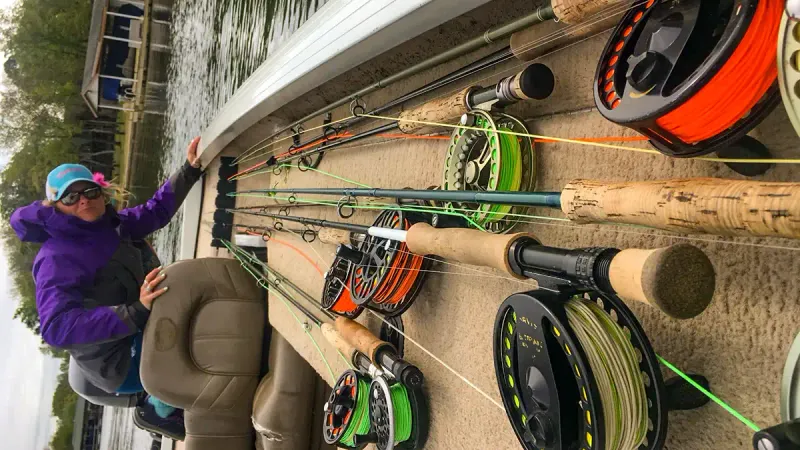
Selecting the appropriate gear is crucial for any successful fly fishing trip. You’ll need a rod, reel, and line that suits the type of fishing you’ll be doing. Most beginners start with a medium-action rod, which offers flexibility for various conditions. Ensure your reel matches your rod, and choose a line weight appropriate for your targeted fish species.
Visit a local fishing store for personalized advice, where experienced anglers can guide you. Test the equipment in-store to feel its weight and balance. Investing in the right gear can make your fishing experience more comfortable and efficient.
Learn Basic Knots
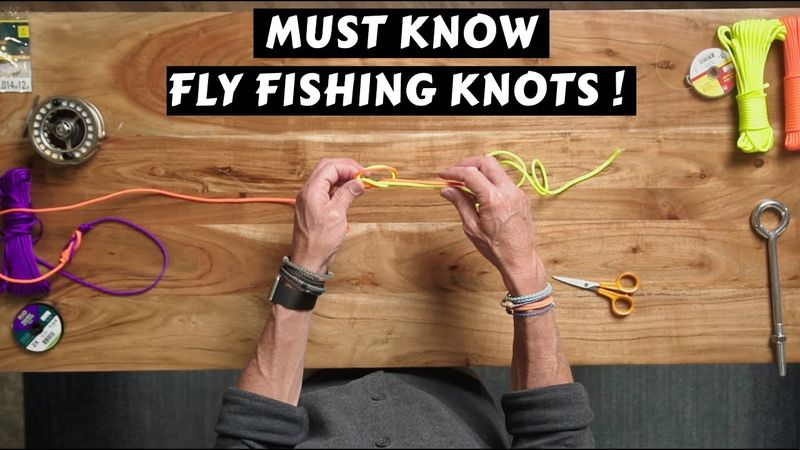
Mastering basic knots is fundamental for fly fishing success. Start with the improved clinch knot and the loop knot; these are versatile and strong. Practicing these knots at home ensures you are ready when on the water.
Use a piece of rope for practice if you’re struggling with the fishing line. Watching online tutorials can also provide step-by-step instructions and visual guidance. With time, tying these knots will become second nature, helping you secure flies more effectively and improving your chances of landing a catch.
Understand Water Dynamics
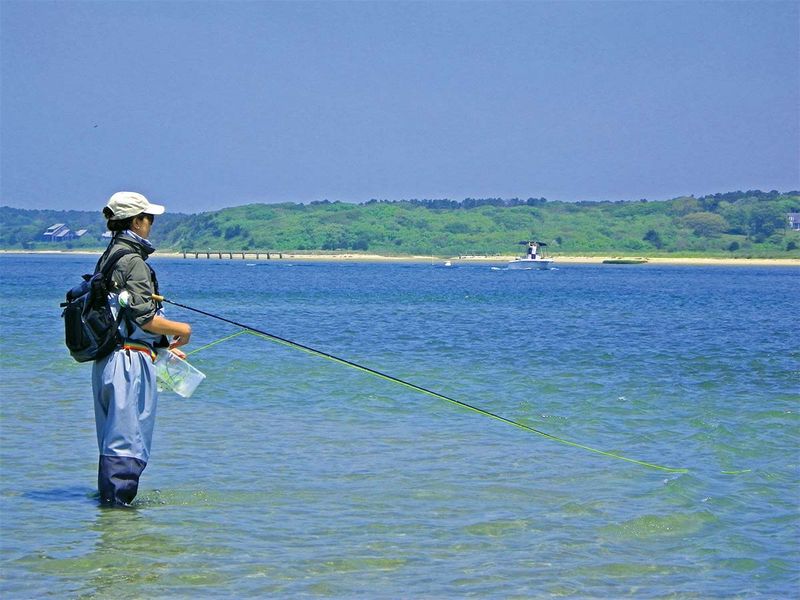
Understanding water dynamics is key to locating fish. Fish tend to gather in areas where the current slows down, such as behind rocks or in eddies. Observing water patterns helps you predict fish behavior and choose effective fishing spots.
Spend some time studying the river before casting, noting changes in current speed and depth. This can help you identify potential hiding spots for fish. Learning to read the water not only increases your chances of catching fish but also enhances your overall fly fishing experience.
Practice Casting Techniques
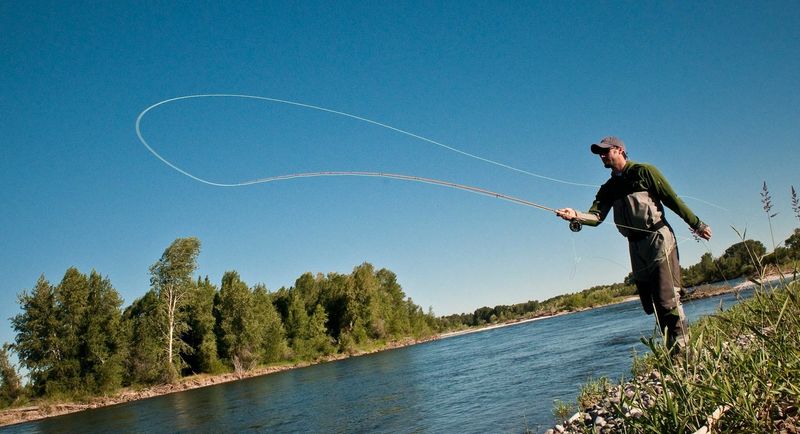
Casting is an essential skill in fly fishing, requiring practice to perfect. Begin with the basic overhead cast, focusing on timing and smooth motion. Practice in an open area like a park before hitting the water.
Always check your surroundings to avoid snagging your line. Visualize your cast’s path and keep your movements fluid. Over time, your casting accuracy will improve, helping you place flies precisely where fish are lurking. Consistent practice is the key to mastering this fundamental skill and enjoying a more rewarding fishing experience.
Research Your Fishing Location
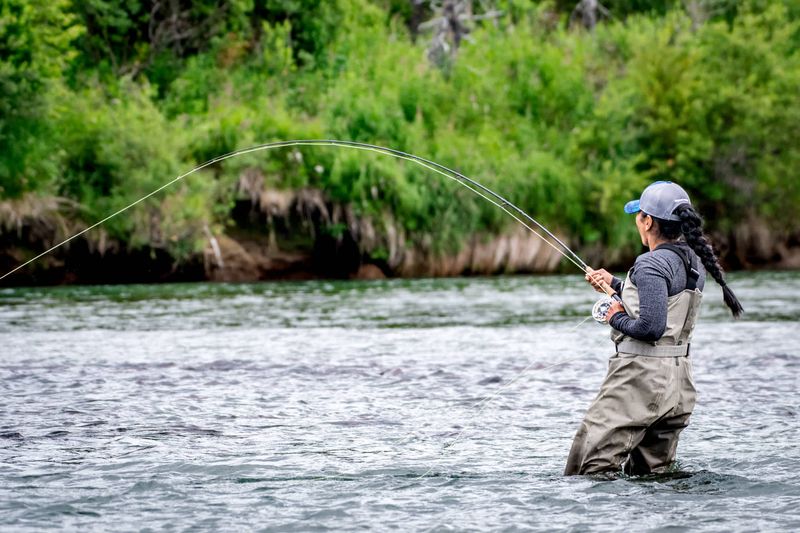
Researching your fishing location is crucial for a successful outing. Different waters have unique characteristics and fish species. Understanding these helps tailor your approach and improve results.
Check online resources or contact local fishing clubs for information about fish behavior, best times to fish, and any specific regulations. Familiarize yourself with the area’s layout and weather conditions before heading out. This preparation helps you plan effectively, ensuring you have the right gear and techniques for the specific location, making the experience more enjoyable and productive.
Start with Easy-to-Use Flies

For new anglers, starting with easy-to-use flies is advisable. Dry flies and nymphs are popular choices, as they mimic natural fish food effectively. They are also easier to cast and control.
Select flies based on the local fish diet. Observing insects near the water can guide your choices. Having a variety of flies in your kit allows you to adapt to different conditions and fish preferences. Using the right flies increases your chances of a successful catch, making the learning process smoother and more enjoyable.
Dress Appropriately for Fishing

Dressing appropriately for fly fishing enhances comfort and safety. Wear breathable, waterproof waders to stay dry and warm. A wide-brimmed hat provides sun protection, while polarized sunglasses reduce glare and improve underwater visibility.
Dress in layers to adapt to changing weather conditions. Avoid bright colors, as they may spook fish. Footwear should provide good traction on slippery surfaces. Comfortable attire allows you to focus on fishing and adapt to the environment, ensuring a more pleasant fishing experience.
Be Patient and Observant
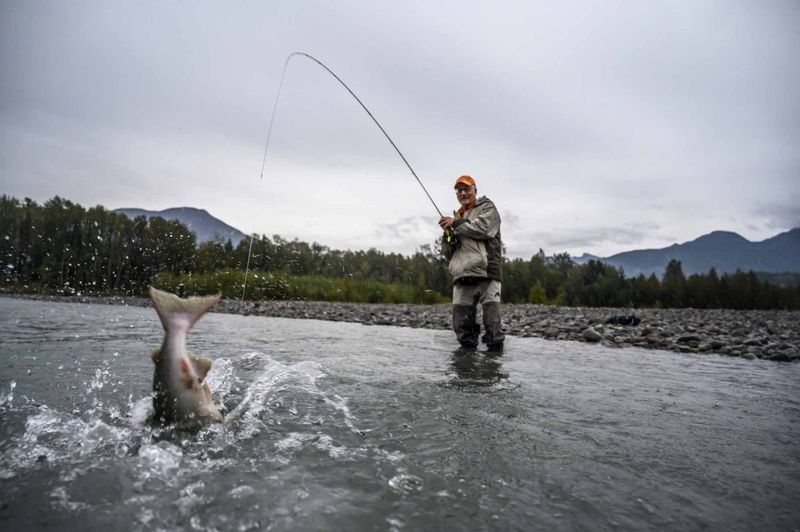
Patience and observation are virtues in fly fishing. Spend time watching the water and the behavior of fish. Look for rising fish, which indicate feeding activity, or observe insects to understand what the fish might be eating.
Take your time to strategize your approach rather than rushing into casting. Being observant also helps in adjusting tactics as needed, which can significantly improve your success rate. Patience not only enhances your fishing skills but also deepens your connection with nature.
Respect the Environment
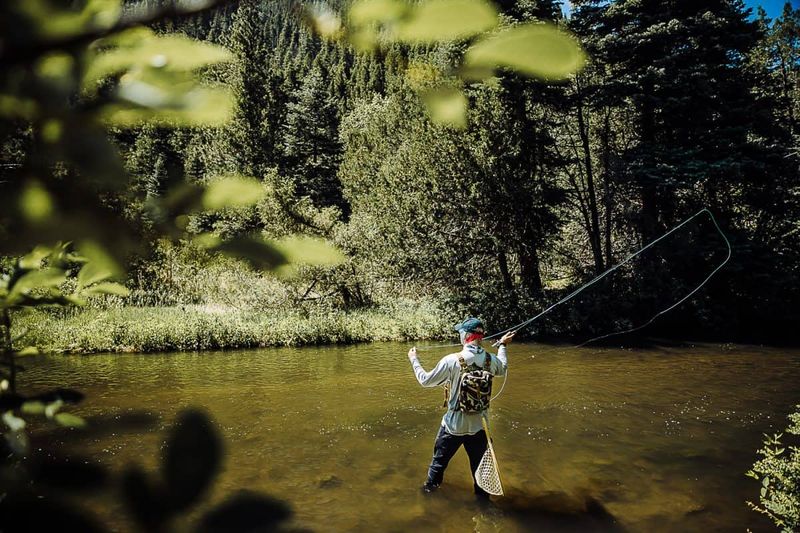
Respecting the environment is fundamental in fly fishing. Always follow the ‘leave no trace’ principle by cleaning up all trash, including fishing lines. Avoid damaging vegetation and disturb wildlife as little as possible.
Engage in conservation efforts by participating in local clean-up events or supporting organizations dedicated to preserving aquatic ecosystems. This mindset ensures future generations can enjoy fly fishing and helps maintain the natural balance of habitats. Being environmentally conscious benefits not just the environment but also enriches your fishing experience.
Use Polarized Sunglasses
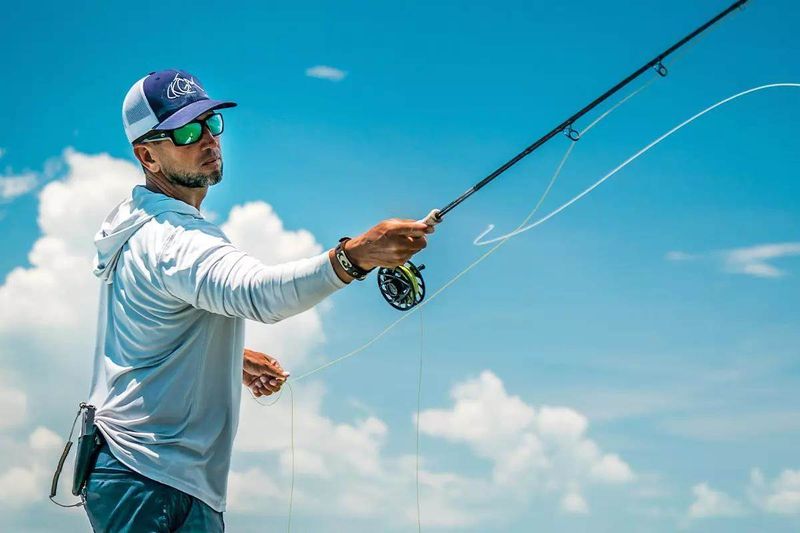
Polarized sunglasses are essential for fly fishing, as they reduce glare and improve your ability to see below the water’s surface. This helps in spotting fish and understanding underwater structures.
Choose a pair that fits comfortably and provides a clear view. The right sunglasses can protect your eyes from UV rays and debris. Having this visual advantage can make a significant difference in locating fish and enhancing your fishing success. Investing in quality polarized sunglasses is a smart choice for any angler.
Stay Safe on the Water
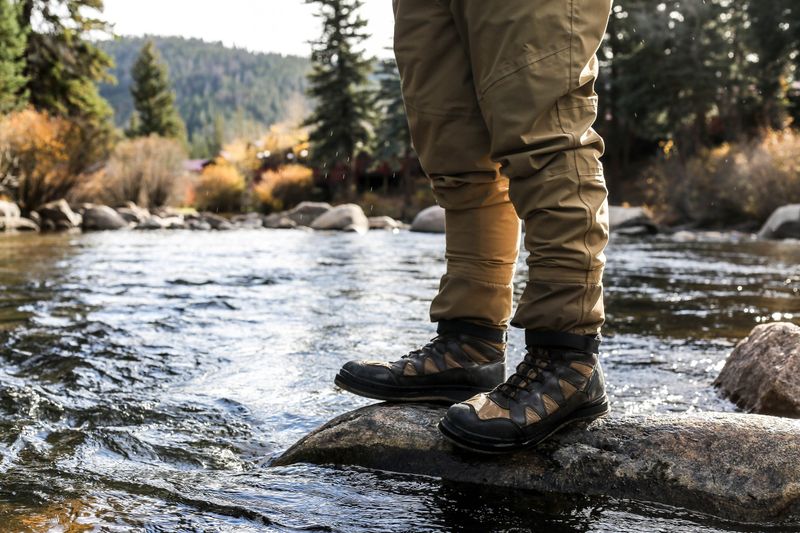
Safety should always be a priority when fly fishing. Wear a life vest when fishing in deeper waters or from a boat. Always fish with a partner or inform someone of your location.
Check weather forecasts before heading out and be prepared to leave if conditions worsen. Keep a first-aid kit accessible, and know basic emergency procedures. Being vigilant about safety ensures an enjoyable fishing experience without unnecessary risks, allowing you to focus on the thrill of fishing.
Fish During Optimal Times
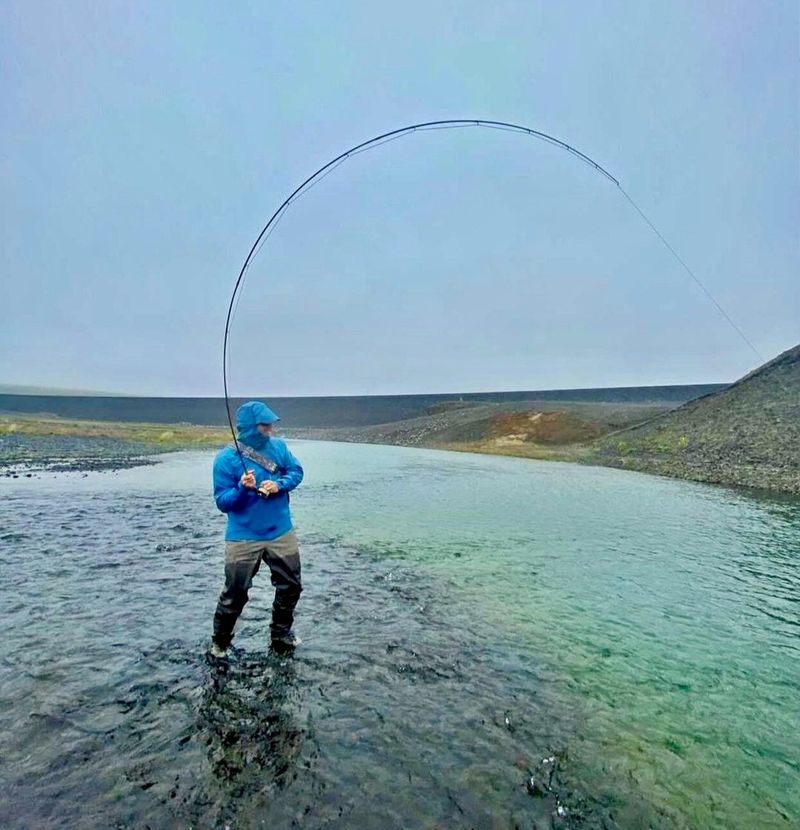
Timing is crucial in fly fishing. Early morning and late afternoon are often the best times to fish, as fish tend to be more active. Observing local wildlife can also give clues about the best fishing times.
Plan your trips around these peak times for greater chances of success. Keep track of seasonal patterns, as fish behavior changes with temperature and daylight. Aligning your fishing schedule with optimal times enhances your ability to catch fish, making each outing more productive and enjoyable.
Keep Your Distance
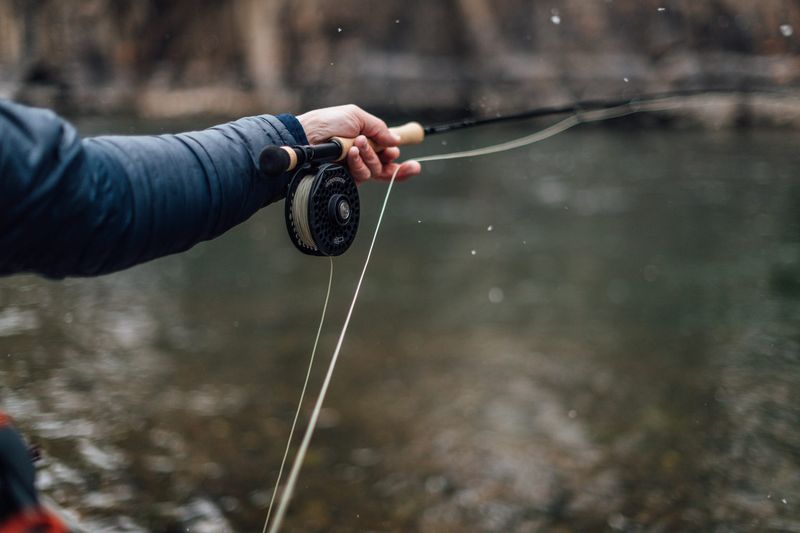
Keeping your distance is crucial to avoid spooking fish. Move slowly and quietly, maintaining a good distance from your target area. Use binoculars to observe fish without disturbing them.
Avoid casting shadows on the water, as this can alert fish of your presence. Practice stealth and patience, allowing fish to continue their natural behavior. This approach increases your chances of a successful catch and makes your fishing experience more rewarding.
Learn from Other Anglers
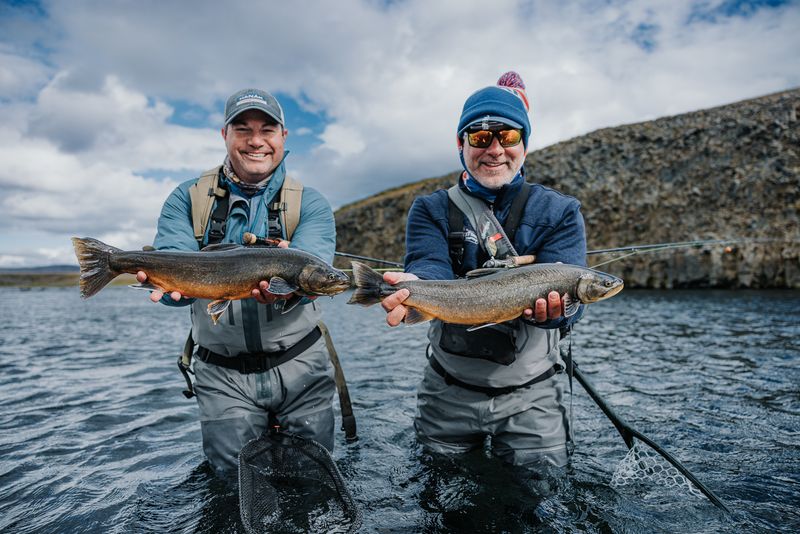
Learning from experienced anglers can greatly benefit newcomers. Observing their techniques and listening to their stories provides valuable insight into the art of fly fishing.
Join local fishing clubs or online communities to connect with seasoned anglers. Their guidance can help you avoid common mistakes and refine your skills. Engaging with the fishing community not only improves your abilities but also enriches your fishing experience by building friendships and shared adventures.
Adapt to Changing Conditions
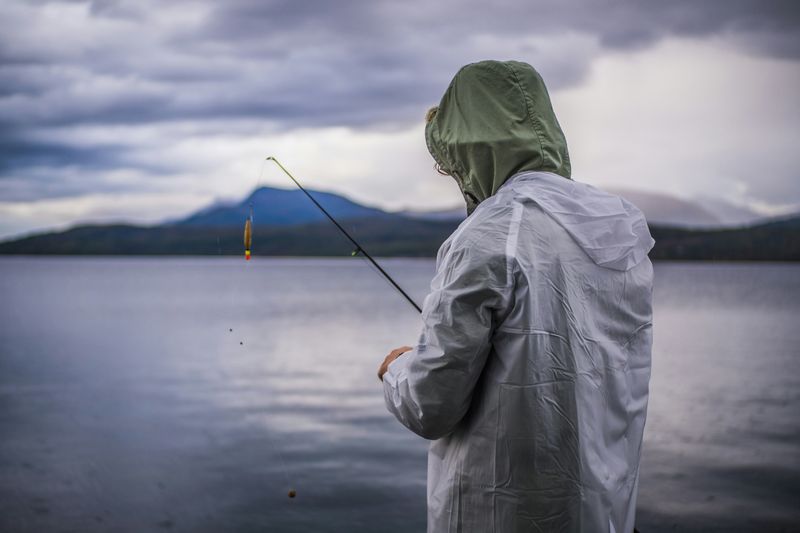
Adaptability is key in fly fishing. Weather, water conditions, and fish behavior can change rapidly, requiring quick adjustments. Carry a variety of flies and gear to adapt your strategy.
Stay informed about weather forecasts and remain flexible with your plans. Being adaptable allows you to respond effectively to unexpected challenges, enhancing your chances of success and ensuring a more enjoyable fishing experience.
Maintain Your Equipment
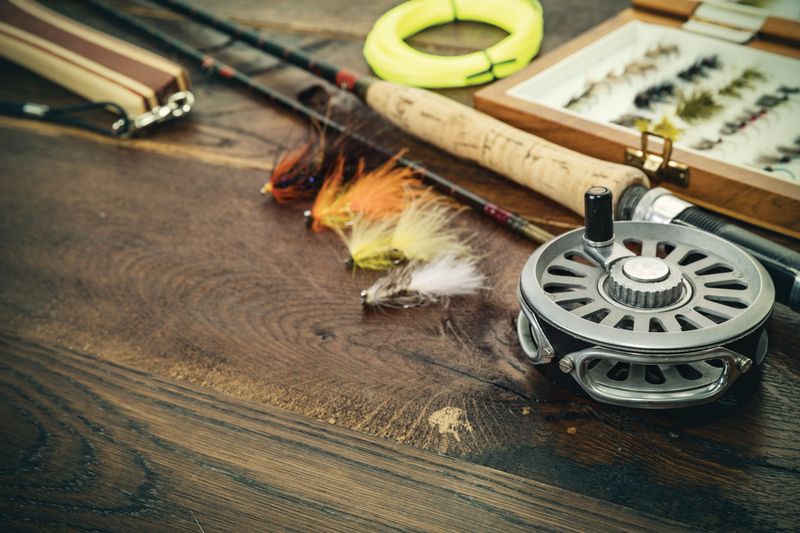
Maintaining your equipment is essential for efficient fishing. Regularly clean your rod, reel, and line after each trip to prevent wear and damage. Check for any signs of wear or malfunction.
Store your equipment properly to prolong its lifespan. Well-maintained gear performs better and reduces the risk of failures during your fishing trips. Taking care of your equipment ensures reliable performance, allowing you to focus on fishing without distractions.
Stay Informed About Regulations

Understanding and adhering to local fishing regulations is vital. Different areas have specific rules regarding fishing seasons, catch limits, and protected species. Familiarize yourself with these rules to avoid fines and contribute to conservation efforts.
Consult local authorities or online resources for the latest updates before your trip. Staying informed ensures compliance and promotes responsible fishing, preserving the ecosystem for future generations.
Enjoy the Experience
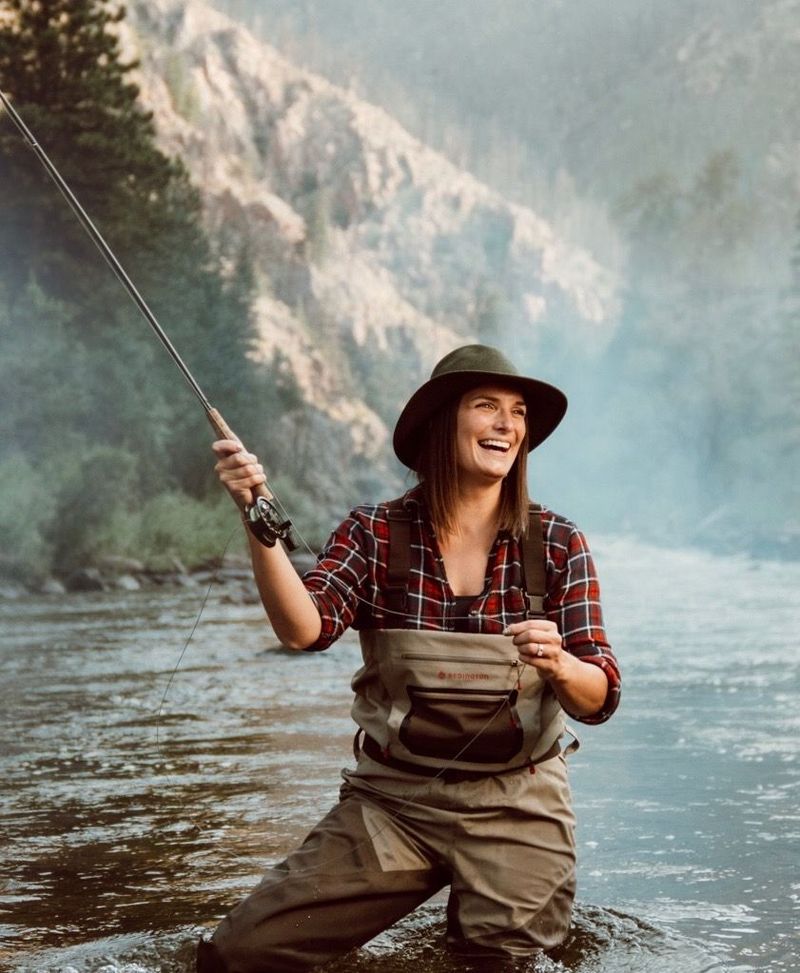
Fly fishing is as much about the experience as it is about catching fish. Embrace the tranquility of nature, the thrill of the catch, and the camaraderie of fellow anglers.
Take time to appreciate your surroundings and the joy of learning a new skill. Fly fishing offers a unique opportunity to connect with nature and create lasting memories, making it a fulfilling hobby beyond the pursuit of fish.

